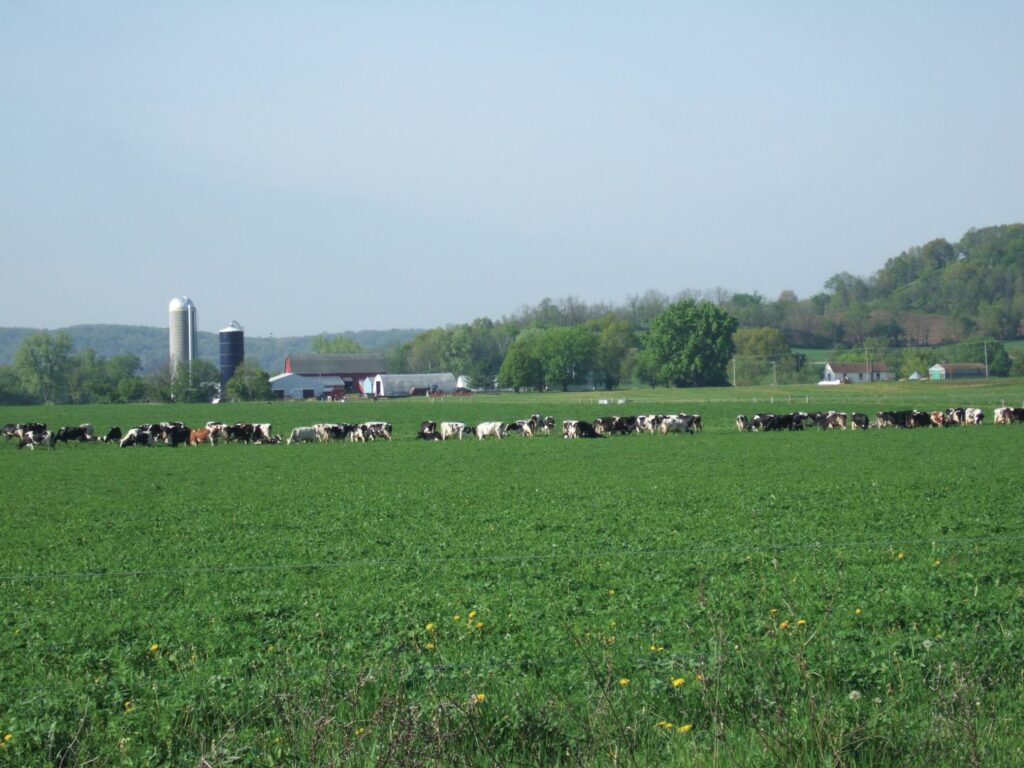Dear Farmer/Agribusiness person,
What a beautiful fall, not only is the weather wonderful but these fall colors are incredible. It’s harvest time of a year I’d call ‘not bad’: it sure had its challenges. There was plenty of water, just delivered at the wrong time in the wrong amount.
My son says we need more “good” land. I say we need to do better with every acre we already have. When our range on alfalfa grass blend hay runs from 4 to over 8 tons/acre it seems like we are missing some. I know we have hills, sand knolls, clay knobs and wet areas, but can we do anything about it? The corn ranges from 100+ to 250+ bu/acre ,the sweet corn under irrigation with great weed control was 10.6 tons/acre. Other areas with wet spots, weed control that was not so good and no irrigation was under 5 tons. I know we can do better, be more efficient and change how we fertilize those bad or good areas. It’s not just the weed control or bad spots—what about the minerals and organic matter? Can adding minerals, especially calcium, change the soils? If you don’t believe so you need to check it out—and you have some huge opportunities in front of you.
When I started this life-long BioAg career, our main focus was on changing fertilizers and dealing with calcium—and it changed farms. Soils changed, cows did better, yields went up and problems went down, just by changing the fertilizers and minerals.
Now fast forward 30 years to today. We have gotten better at application of minerals, improved delivery with carbon based fertilizers, manufactured homogenized trace mineral products with controlled nutrient release and controlled pH for maximum plant use. Our calcium sources also improved as we better understood how to get performance—we now manufacture three calcium sources for different purposes.
We at BioAg have benefited from 30 years of observations, looking at results and constantly improving. For the last several years we have been working with liquid fertilizers, not only as row support but also as foliars. We have added biologicals with root stimulating materials and food for the soil life—not just a liquid but feed quality materials in a molasses base. We are just getting started but I see huge potential for improving crops and farms. We have options for soil testing, cover crop seeds for many situations, and plant genetics selected and bred to fit our faming system. The how to manage, the what and how to plant and its value are now better understood.
On many farms we tightened the rotation (unless they’re corn/beans) took opportunities to grow the cover crops and gain knowledge in manure and compost use. Tillage has also really changed: zone tillage, vertical tillage, shallow incorporation of residues/cover crops, managing decay, ripping for improved drainage and air management—all gained knowledge of improving the farming systems. There are so many opportunities here!
Fall is the time for many important farm activities: soil correctives, field evaluations, tillage if needed; soil tests whether grid or field, or soil type or yield maps to help make the best use of your fertilizer dollars. Unlike my son I don’t think we need to work more land, I think we need to be more efficient and do better with the acres we have.
So let us know—get the soil tested, evaluate each area of the farm and its performance. What are the soils like? Are tillage changes needed? Lay out a program, looking at the whole system. I am developing my winter meeting program which will be discussing ‘Best Practices’ of successful farms. Whether you are biological, conventional, organic, or some combination, let’s find constraints and products and practices that produce results.
Gary F. Zimmer

